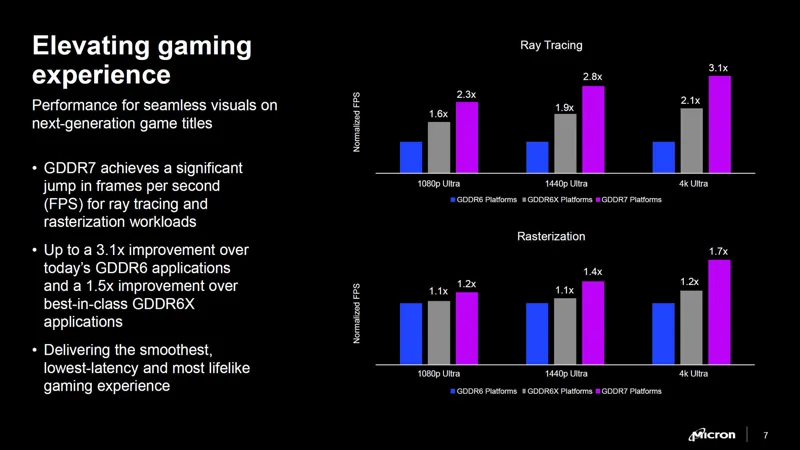In the competitive world of high-end gaming GPUs, performance has historically been defined by raw power and reliable frame rates. However, as NVIDIA’s latest offerings, such as the RTX 5090, showcase, the landscape is shifting dramatically with the introduction of technologies like DLSS 4. While these advancements aim to enhance gameplay by generating additional frames, they also raise critical questions about the true performance capabilities of modern graphics cards. As we delve into the intricacies of frame generation and its impact on gaming experiences, it’s essential to consider whether this technology genuinely elevates performance or merely masks underlying limitations.
| Aspect | Details |
|---|---|
| Main Topic | Concerns about NVIDIA’s reliance on DLSS for GPU performance |
| Author | Patrick Campanale |
| Publication Time | 9 hours ago |
| Key Features of RTX 5090 | Great performance but reliant on DLSS 4 for playable frame rates |
| DLSS 3 Technology | Introduces single-frame generation to enhance gameplay |
| DLSS 4 Technology | Generates three fake frames per real frame, improving frame rates significantly |
| Performance Comparison | Without DLSS 4: ~75 FPS; With DLSS 4: 230+ FPS in Dune: Awakening |
| Developer Responsibility | Reliance on DLSS may lead to less optimization in games |
| Price of RTX 5090 | $1,999 |
| Consumer Expectations | High price should ensure real performance, not just reliance on AI |
The Evolution of Graphics Cards
Graphics cards have come a long way since their inception. Initially, they were all about pure power, focusing on how many frames they could produce per second. NVIDIA and AMD competed fiercely, constantly pushing the boundaries of what their graphics cards could achieve in terms of performance. Each new generation promised better frame rates and smoother gameplay, making gaming experiences more enjoyable for everyone.
As technology progressed, the emphasis began to shift from raw performance to the techniques used to enhance gaming visuals. With the introduction of AI and technologies like DLSS, the conversation around graphics cards changed. Instead of just wanting more power, gamers began to ask how that power was being utilized to create more lifelike imagery and smoother gameplay.
Frequently Asked Questions
What is DLSS 4 and how does it work?
DLSS 4 is a technology by NVIDIA that generates three fake frames for every real frame, enhancing gameplay smoothness, especially in demanding games.
Why are high-end GPUs like the RTX 5090 criticized?
The RTX 5090 is criticized for relying on DLSS 4 for performance, which some believe hinders its true capabilities despite its high price.
How did GPU performance focus change over time?
GPU performance used to focus on real-world horsepower, but now it often emphasizes frame generation techniques like DLSS to improve perceived performance.
What are the benefits of using DLSS 3 in gaming?
DLSS 3 helps achieve playable frame rates in games that would otherwise be unplayable, especially in story-driven titles where response time is less critical.
Is DLSS technology suitable for all types of games?
DLSS technology is beneficial for lower-end cards and certain game types, but it shouldn’t replace genuine game optimization from developers.
How does DLSS 4 impact frame rates in games?
DLSS 4 can significantly boost frame rates, as seen in Dune: Awakening, where it raised performance from 75 FPS to over 230 FPS.
What do gamers expect from high-priced graphics cards?
Gamers expect high-end graphics cards like the RTX 5090 to deliver real performance, not just rely on artificial frame generation to justify their price.
Summary
In a recent article, Patrick Campanale critiques NVIDIA’s RTX 5090 graphics card, highlighting its reliance on DLSS 4’s multi-frame generation technology. This feature creates three fake frames for every real frame, which he argues undermines the true performance expected from a nearly $2,000 GPU. Campanale reminisces about the past when GPUs focused on raw performance instead of artificial frame generation. While DLSS 4 improves frame rates in some games, it raises concerns about game optimization. Ultimately, he believes that for such a high price, buyers should get real performance, not just artificially enhanced gameplay.
